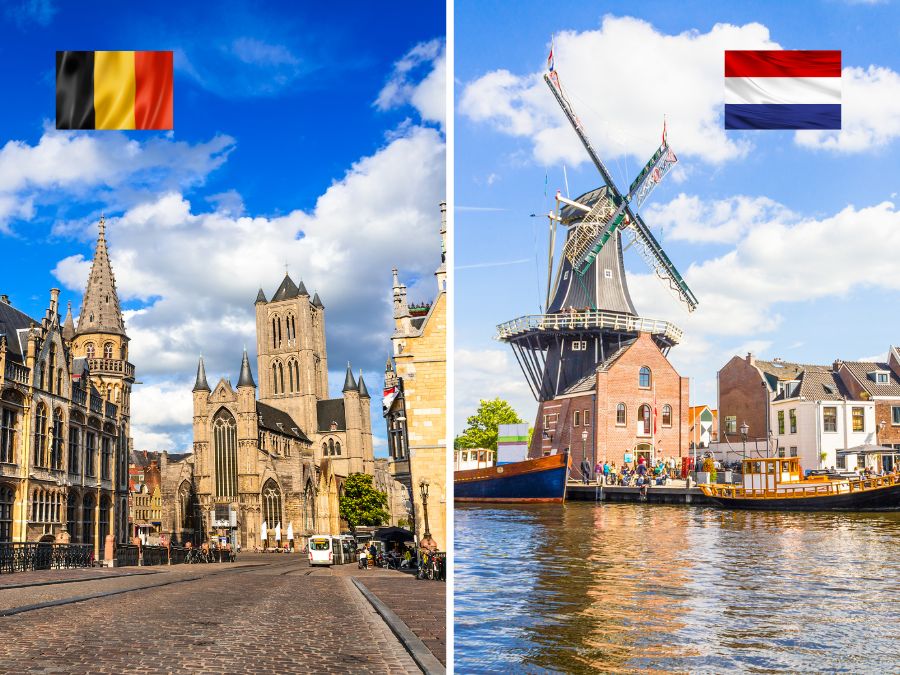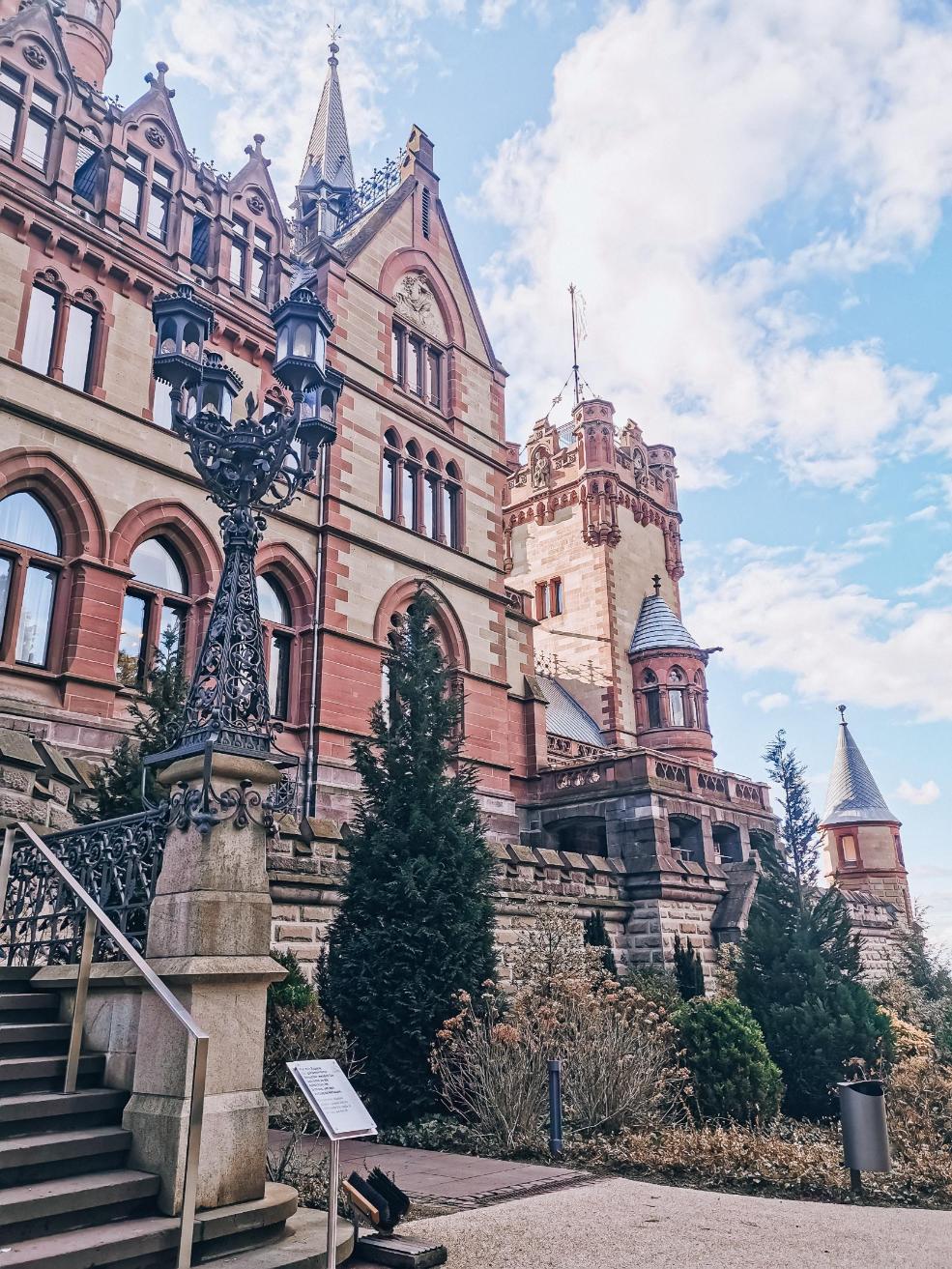Hiking the Cotopaxi volcano in Ecuador is a challenging and unforgettable experience. This majestic volcano is one of the highest and most active in the world, with an altitude of 5,897 meters (19,347 feet). It is located in the Cotopaxi National Park, which is about 60 kilometers (37 miles) south of Quito, the capital city of Ecuador.
In this blog post, we’ll cover everything you need to know about hiking the Cotopaxi volcano.

Hike to Base Camp
The hike to the base camp of Cotopaxi volcano starts at the parking lot of the national park, which is located at an altitude of 4,600 meters (15,091 feet). The hike is not too difficult, but the altitude can make it challenging.
It usually takes around 1-2 hours to reach the base camp from the parking, depending on your fitness level and acclimatization. Along the way, you’ll enjoy stunning views of the surrounding mountains, the Andean highlands, and the unique flora and fauna of the area.
You can choose to hike this hike on your own by renting a car and signing in at the entrance of the National Park or to go with a company that will guide you to base camp and back to your hotel.

The base camp is located at an altitude of 4,800 meters (15,748 feet), and it’s the starting point for the summit hike. It’s a basic campsite called the Jose F. Rivas Refuge with toilets and a bar that serves Coco leaves tea, hot chocolate, and some snacks like sandwiches. There is also a shelter where you can rest, sleep and prepare if you wish to attempt the summit hike.

Summit Hike
The summit hike of Cotopaxi volcano is a challenging and demanding climb that requires good physical condition, mental toughness, and mountaineering skills. The climb starts at midnight from the base camp, and it takes around 6-7 hours to reach the summit. The first part of the climb is a steep and rocky ascent, followed by a traverse on the glacier, and finally, a steep and icy climb to the summit.
The view from the summit of Cotopaxi is breathtaking. You can see the surrounding peaks, the Andean highlands, and even the Pacific Ocean on a clear day. However, it’s important to be aware of the risks and dangers of high-altitude climbing, such as altitude sickness, hypothermia, and falls. It’s recommended to climb with a guide and proper equipment.



Here are some companies that offer guided hikes to the summit of Cotopaxi:
- Sierra Nevada Expeditions: This company offers guided hikes to the summit of Cotopaxi, as well as other mountains in the area. They provide experienced guides, transportation, and equipment rental.
- Andeanface: Andeanface offers guided climbs to the summit of Cotopaxi and other nearby mountains. They also offer acclimatization hikes and customized itineraries to fit individual needs.
- Gulliver Expeditions: This company offers a range of hiking and trekking options, including guided hikes to the summit of Cotopaxi. They provide experienced guides, transportation, and equipment rental.
- Ecuador Eco Adventure: Ecuador Eco Adventure offers guided hikes to the summit of Cotopaxi, as well as other mountains in the area. They provide experienced guides, transportation, and equipment rental.
- Adventure Journeys: Adventure Journeys offers guided hikes to the summit of Cotopaxi, as well as other mountains in the area. They provide experienced guides, transportation, and equipment rental.
These are just a few examples of companies that offer guided hikes to the summit of Cotopaxi. It’s always a good idea to do some research and read reviews before choosing a company to ensure they meet your needs and expectations.

Acclimatization before going up
Acclimatization is also a critical aspect of hiking the summit of the Cotopaxi volcano in Ecuador. Due to its high altitude of 5,897 meters (19,347 feet), the Cotopaxi summit hike is considered a challenging and potentially dangerous activity. Altitude sickness is a real risk and can cause symptoms such as headaches, nausea, dizziness, and shortness of breath.
Acclimatization is the process of gradually adapting to high altitude conditions by spending time at progressively higher elevations. This allows the body to adjust to the lower levels of oxygen in the air, which is essential for maintaining proper breathing and blood circulation.
The recommended minimum time for acclimatization before hiking the Cotopaxi summit is two to three days. This can be achieved by staying at a lower elevation for a few days, such as in Quito, which has an altitude of 2,850 meters (9,350 feet). From there, you can gradually increase your altitude by spending time in areas such as the Cotopaxi National Park, which has elevations ranging from 3,800 to 4,500 meters (12,500 to 14,800 feet).
During the acclimatization process, it’s important to stay hydrated, avoid alcohol and caffeine, and get plenty of rest. It’s also recommended to engage in light exercises, such as hiking or walking, to help improve blood flow and oxygenation.
Proper acclimatization can greatly improve your chances of a successful summit hike and reduce the risk of altitude sickness. However, it’s important to listen to your body and be aware of any symptoms of altitude sickness, as they can be a sign of a more serious condition. If you experience severe symptoms such as confusion, loss of consciousness, or difficulty breathing, seek medical attention immediately.

Renting a car
Do you wish to go on your own to Base Camp? This is perfectly possible by renting a car. It can also be a good option for those who want more flexibility and independence in exploring the Cotopaxi National Park. However, there are some important things to consider before renting a car and driving in Ecuador.
First of all, driving in Ecuador can be challenging, especially for those who are not used to the local road conditions and traffic rules. The roads in the Cotopaxi area can be narrow and winding, with steep inclines and sharp curves. You’ll need to be comfortable driving on gravel and dirt roads, as well as navigating through small towns and villages. The road towards Base Camp can only be done with a jeep or 4×4 car!

Secondly, it’s important to choose a reliable rental company that offers insurance and 24-hour assistance in case of emergencies. Some popular car rental companies in Ecuador include Hertz, Avis, and Budget, as well as local companies such as Localiza and Haylli. You don’t want to get stuck in the National Park without backup, especially because there is almost no internet connection or cell service.
Once you have your rental car, you can explore more places inside the Cotopaxi National Park at your own pace. Some popular sights and activities include:
- Laguna Limpiopungo: This beautiful lake is located at the base of the Cotopaxi volcano, and is a great place for hiking, bird watching, and photography. There are several trails around the lake, ranging from easy strolls to more challenging hikes.
- The Cotopaxi Volcano: Driving up to the parking lot at the Cotopaxi Volcano can be done in most vehicles, however, driving to the refuge parking lot and beyond requires a 4WD. You can hike to the base camp or the summit with a guide.
- The Cotopaxi National Park Museum: This small museum is located near the park entrance and provides information about the history, geology, and flora/fauna of the area.
- Indigenous Communities: There are several indigenous communities around the national park, such as the Pujili and Saquisili markets, where you can learn about the traditional culture and crafts of the Andean people.



Overall, renting a car and exploring the Cotopaxi National Park on your own can be a great way to experience the beauty and diversity of the Ecuadorian Andes. However, it’s important to plan carefully, drive safely, and respect the local culture and environment.
Laguna Limpiopungo
Laguna Limpiopungo is a beautiful lagoon located at the foot of the Cotopaxi volcano, in the Cotopaxi National Park. It’s a popular spot for hiking, birdwatching, and photography. The lagoon is surrounded by Andean grasslands, high-altitude forests, and snow-capped peaks. You can hike around the lagoon and enjoy the stunning scenery, which takes about 1 hour, or rent a horse to explore the area with a travel company.
Cotopaxi National Park
The Cotopaxi National Park is a protected area that covers over 33,000 hectares (81,500 acres) of Andean highlands, volcanoes, lakes, forests, and grasslands. It’s a unique ecosystem that harbors a rich biodiversity of flora and fauna, including Andean condors, llamas, vicuñas, and many species of birds and plants.
The national park offers many outdoor activities, such as hiking, camping, horseback riding, and mountaineering. It’s also a great place for learning about the Andean culture and history, as there are many archaeological sites and traditional communities in the area.

How to Get There
To get to the Cotopaxi National Park, you can take a bus or hire a taxi from Quito. The journey takes around 2-3 hours, depending on the traffic and road conditions. You can take the bus to the Terminal Quitumbe. There is a bus multiple times per day going to Cotopaxi.
If you are traveling on a budget I recommend you to take the bus as this ticket will only cost you around 5€. Make sure to ask your bus driver to drop you off close to the National Park because the bus will otherwise continue to Latacunga.
You can also book a tour or hire a private guide to take you to the national park. Once you arrive at the park, you’ll need to pay an entrance fee and register at the park office.

What I recommend
I recommend hiring a car or going with a local guide because you cannot enter the Cotopaxi National Car whiteout a car! You must arrive with a vehicle (your own or the one of your guide or excursion) register at the entrance and continue by car towards the different sightseeing spots or base camp.
So if you take the bus to Cotopaxi whiteout having a car you will quickly run out of options. The best thing to do then is to ask at the reception of your accommodation if they provide tours to the different places inside the park, which will probably be the case. I stayed at Cuscungo Cotopaxi and they offered different tours.

Accommodation Near the Cotopaxi Volcano
There are several options for accommodation near the Cotopaxi volcano, depending on your preferences and budget. The most popular option is to camp in the National Park itself in the therefore foreseen spots. There are basic facilities, such as toilets and shelters, but you’ll need to bring your own equipment and supplies. Here is a map with all the available camp spots. You can rent camping gear in Quito or at the park office.
If you prefer more comfort, there are also several lodges and hotels near the national park.
- Secret Garden Cotopaxi: This eco-lodge is located in a secluded area of the Cotopaxi National Park, surrounded by mountains and valleys. It offers a variety of accommodation options, including private rooms, dorms, and camping areas. The lodge has a restaurant, a bar, and a hot tub. It also offers guided tours and activities, such as horseback riding, mountain biking, and hiking.
- Hacienda El Porvenir: This historic hacienda is located at the foothills of the Cotopaxi volcano, overlooking the Andean landscape. It offers comfortable rooms with traditional decor, as well as suites and cottages with fireplaces and private terraces. The hacienda has a restaurant, a bar, a spa, and a chapel. It also offers guided tours and activities, such as horseback riding, hiking, and bird watching.
- CotopaxiPungo Finca Hotel: This family-owned hotel is located in the town of Machachi, about 20 minutes from the Cotopaxi National Park. It offers cozy rooms with rustic decor and modern amenities, as well as suites and villas with fireplaces and Jacuzzis. The hotel has a restaurant, a bar, a garden, and a pool. It also offers guided tours and activities, such as mountain biking, horseback riding, and cultural visits.
- Tambopaxi Lodge: This mountain lodge is located within the Cotopaxi National Park, at an altitude of 3,750 meters. It offers comfortable rooms with panoramic views of the volcano and the surrounding landscape. The lodge has a restaurant, a bar, a fireplace lounge, and a terrace. It also offers guided tours and activities, such as hiking, mountain climbing, and bird watching.
- Latacunga Hostels: Latacunga is the closest city to Cotopaxi National Park and there are various hostels and hotels available in the city. Hostal Café Tiana is a budget option located in the center of Latacunga, with comfortable rooms and a rooftop terrace. Hostal Rosita is a mid-range option with basic rooms and a shared kitchen. Hotel Endamo is a high-end option with modern rooms and a restaurant.




Overall, there are plenty of options for accommodation near Cotopaxi, ranging from budget hostels to luxury lodges. The most popular options are the eco-lodges and haciendas located within the national park, but there are also options in nearby towns and cities.

In conclusion, hiking the Cotopaxi volcano in Ecuador is an incredible adventure that offers stunning natural beauty, unique cultural experiences, and a physical and mental challenge. It’s important to prepare well, acclimatize properly, and climb with a guide and proper equipment. But the reward of reaching the summit and seeing the Andean landscape from above is worth all the effort. Don’t miss the opportunity to explore this amazing corner of the world.







0 reacties